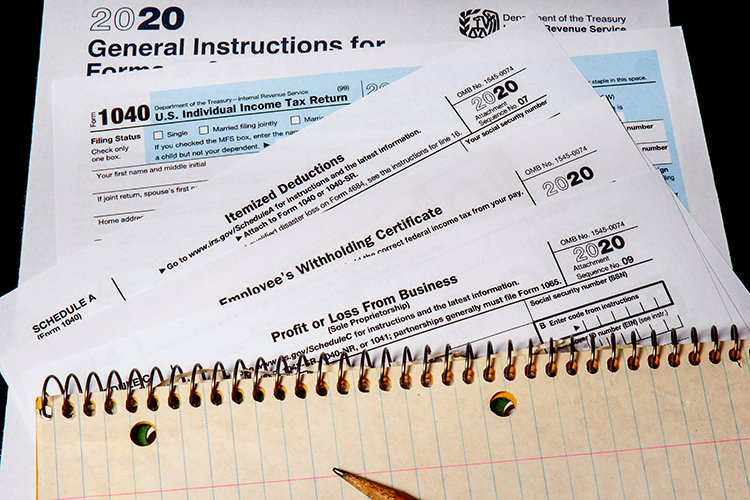
Tax deadlines are months away, but now is actually a great time for farms to start tax planning. Corey Clark, a farm business management educator, explained why during a Michigan State University Extension “Field Crops Virtual Breakfast” webinar.
“I know you are really busy now, but I have seen the impact tax planning can have,” said Clark. “Decisions you are making now about marketing, about paying down operating loans, other expenses, and bills, those impact the flexibility you have when tax planning in December.”
She reiterated that the plans made in the current year impact the taxes that will be due in the spring. This advance planning could be particularly important in 2021 for a few reasons.
For one, she said there is a potentially valuable crop out there and the market is not giving a lot of incentive to store that crop. Last year wasn’t a bad year, either, and Clark added that many farms would have received government payments. She said if farms pushed crops forward or did other tax management strategies for 2020, there may have been high revenues early in this year that would factor into the taxable income for 2021.
Clark offered a four-step tax planning guide for farmers to utilize this fall. The first step is to calculate the baseline tax liability. To do this, collect your year-to-date farm information. She said this is easier to do if the farm has a budget and a solid record keeping system, but it can be done even if one must start from scratch. This could include non-farm income, and some information may come from last year’s tax return, such as deferred income or depreciation from the prior year’s purchases. Next, identify expected sales and purchases, and then use this information to calculate the corresponding tax liability.
For Step 2, Clark said to incorporate management decisions. Lay out the marketing plan, identify cost-saving advance purchases, and evaluate cash flow implications. Then, calculate the result and determine if this is an acceptable outcome for the farm’s tax liability. If it is not, Clark said to move on to Step 3 to develop a target and determine strategies to get to that target.
What are those targets? Clark stated, “It depends.”
First, there are the tax considerations, including expected marginal tax rates and tax credit eligibility implications. On the management side, one must determine what is reasonable taxable income for your farm. Also assess what strategies you have control over and what you do not. For instance, delayed crop sales may not be an option on your farm if you don’t have storage, or perhaps there are some bills that simply must be paid now, not later. “Different factors weigh in for different farms,” Clark noted.
Step 4 is to develop your tax management strategy, including opportunities for prepaid expenses, delayed crop sales, and accelerated depreciation. Tax professionals will be able to offer additional strategies, and Clark encouraged farmers to use tax professionals, because they have invested a lot of time and training into developing their capabilities.
“Use that expertise to make your business more successful,” she advised.
While it may be difficult to fit tax planning into the farm work schedule this fall, the effort can provide a valuable payback.
“Over time, managing taxes, which is really about optimizing your taxable income, is more than worth the time it takes,” Clark stated.








